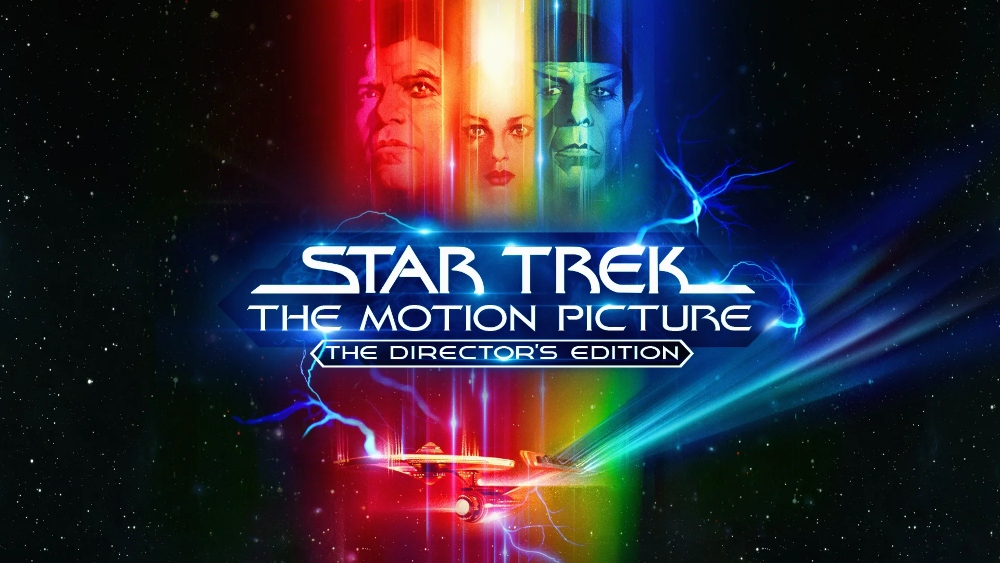
Paramount released a new 4K restoration of Star Trek: The Motion Picture – The Director’s Edition earlier this month, and while producer David C. Fein hesitates to call it the definitive version of the sci-fi opus, he acknowledges that it’s as close as we’re likely to get for a few decades.
Star Trek: The Motion Picture was a box office hit upon its release in 1979, and the film was nominated for three Oscars the following year for its visual effects, art direction/set decoration, and Jerry Goldsmith‘s original score. Director Robert Wise first revisited the film in 2001 for a DVD reissue that gave Star Trek fans the clearest version of his vision. However, that standard definition incarnation has now received a 4K facelift from the original negative, further enhanced with an immersive Dolby Atmos soundtrack.
The process, overseen by Fein and Visual Effects Supervisor Daren R. Dochterman, took more than six months, although conversations regarding such an intensive undertaking began several years ago.
Below the Line recently caught up with Fein over Zoom to discuss the release of Star Trek: The Motion Picture on 4K Ultra HD, and the producer was happy to reminisce, as well as discuss how this new version is already ahead of the technological curve.
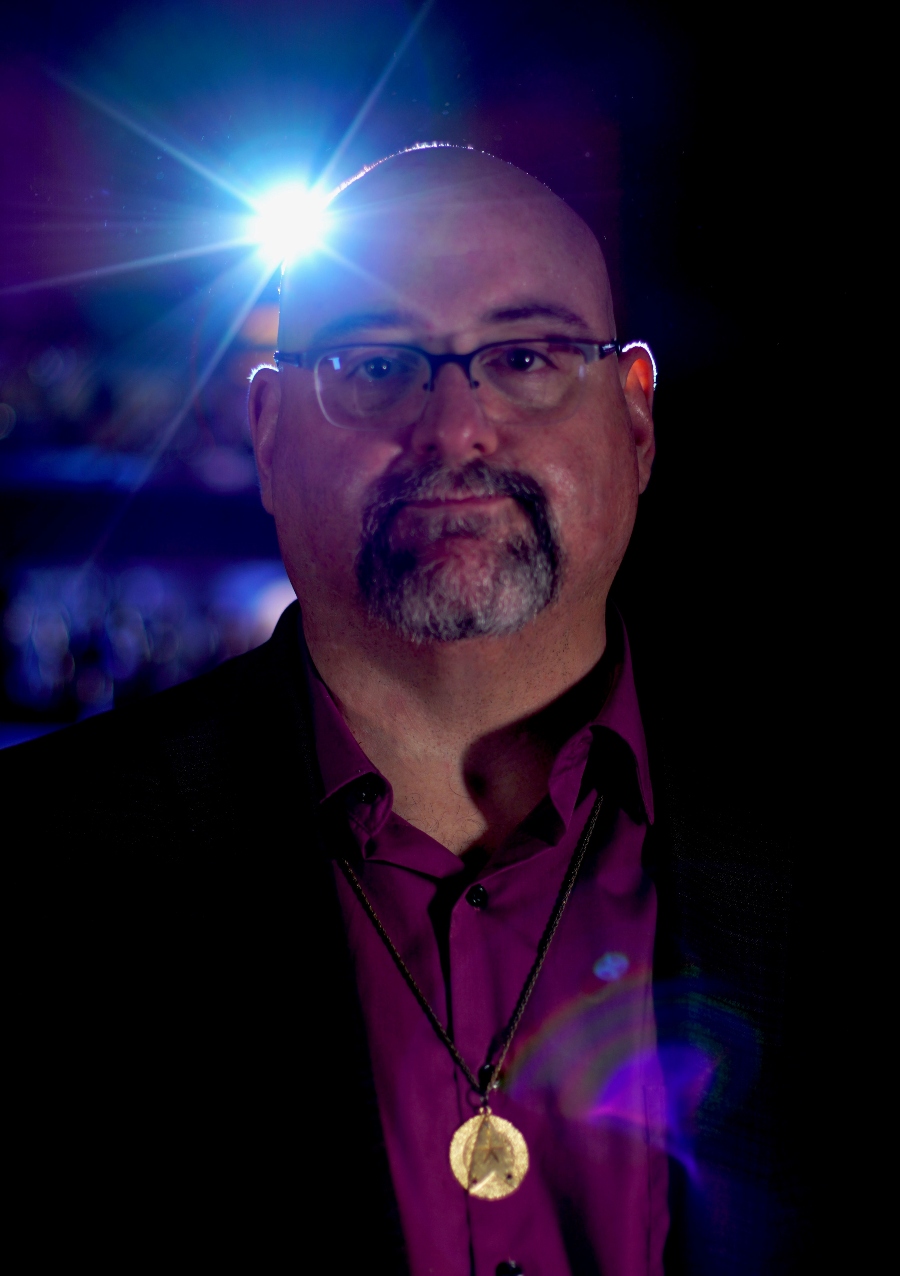
Below the Line: It has been 21 years since director Robert Wise revisited Star Trek: The Motion Picture to refine the edit and enhance the special effects, so what was the motivation behind the latest 4K restoration?
David Fein: The biggest reason is that it had to be done. In 2001, we were finishing the film for Bob. We reopened post-production because it was so rushed, originally. We were only doing it in standard definition at the time because that’s what the studio release format was. It made total sense. We presented it back to the studio as a new negative so that the film would be timeless and stand forever, but [those were] the limitations of the time because DVD was the format that films were released on.
Bob and I watched as high definition came around, and because there was no high definition version of the movie, suddenly, the theatrical assembly ended up retaking prominence. Bob had me go over to his condo, and we sat in the kitchen, and he had me promise that I would make sure that someday we would finish it. That was his legacy. He wanted to be known for the finished film, the assembly that got away all those years [ago]. It’s been a priority to get back and finish it so that we wouldn’t have the theatrical have prominence; we would have this version be prominent.
It’s also because of technological advances. 4K resolution computer technology wasn’t up to speed until around the film’s 40th anniversary. It was just before that when I started speaking to Paramount about doing this project. We agreed that we would do it, but it still took time to get everything together for us and for technology to evolve to the point where it was possible.
BTL: What did you have to work from? Was it a case of returning to the original camera negative, and if so, how much of that did you have available?
Fein: This is Star Trek, so the studio knew it was a big deal. Not that they would ever treat anything poorly, but something as important as Star Trek, they had the negative, and it was well cared for. The benefit of three years [spent] working out the details was that it allowed the Paramount archives [team] to dig in and find everything they could find on The Motion Picture. They did so much research to pull the boxes, to get all the materials together, and they found some great materials that were fantastic for this.
We did have the original camera negative and all of the lifts for the television version, which we put aside initially. Still, the focus was on everything coming from the original camera negative. That was incredibly important so that it was the highest quality possible. That was then also used for the theatrical 4K [version] they recently put out there. Everything we did, especially because we were creating a new digital negative of the film, went back to the original negative at every possible opportunity.
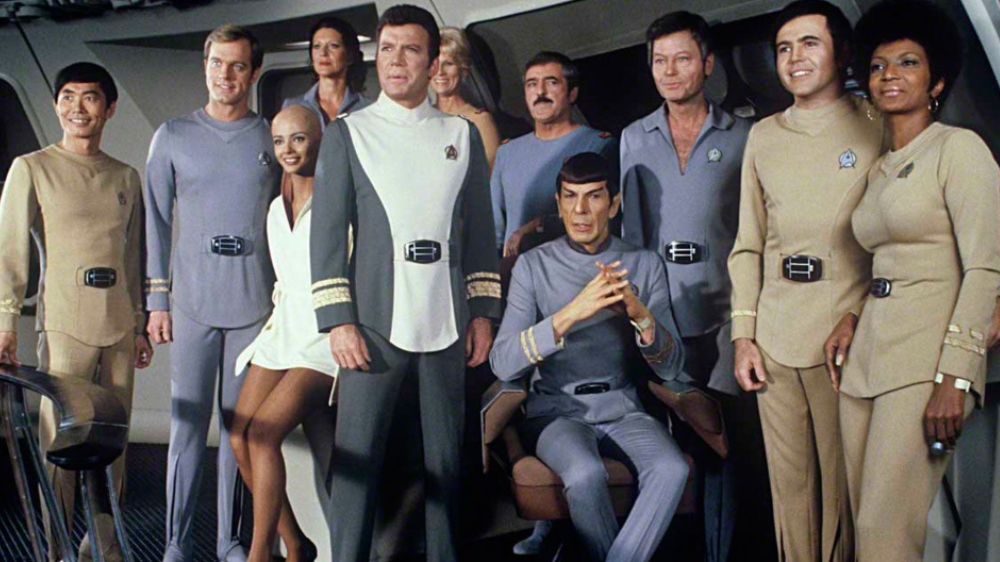
BTL: Did you know where you wanted to start with this process?
Fein: The benefit is that the roadmap was clearly the 2001 edition, so I first had to reassemble that edit, matching what we had from before. That had some difficulties from video to film because the frame rates were different, and other issues had to be addressed as we went along. Initially, when we did the visual effects work, we did a lot of patchwork, and we had to draw it in, or we used our CG Enterprise to finish the edge of the saucer on something where a matte had disappeared.
Now it was a matter of doing the research to find the elements that were the original camera negative elements for the visual effects shots we had archived. Instead of doing patchwork, we could go back and re-composite them to make the actual effect work. Also, we’re at 4K resolution so our patches would not be acceptable. It’s been so many years that for visual effects supervisor Daren R. Dochterman and the team to be able to go back and make those compatible with some of today’s technology to reintroduce the same shots or, in some cases, redo them, was a challenge.
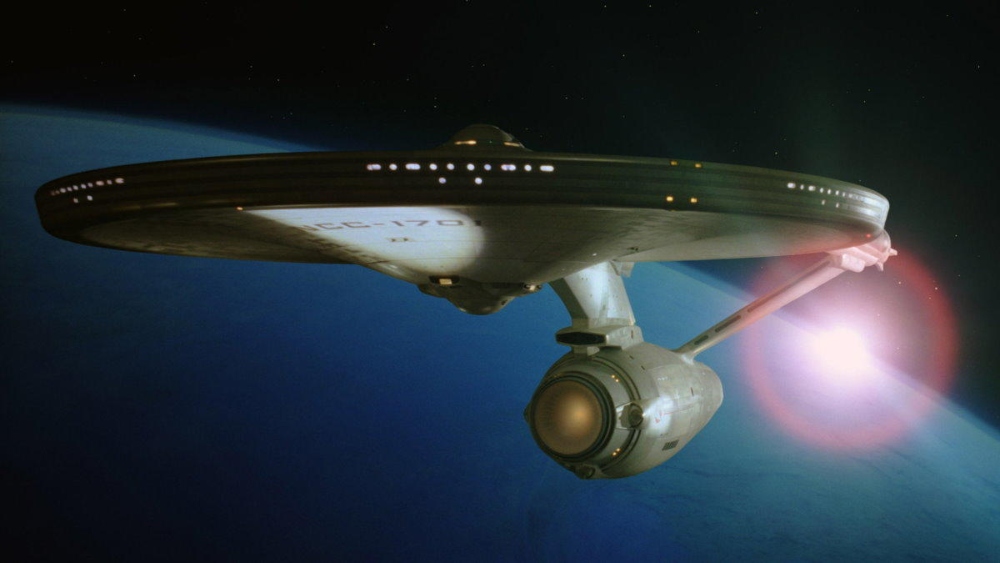
BTL: What was the thing you were not able to do when the film initially came out, or for the 2001 version, that you could now achieve with today’s technology and made a significant difference?
Fein: One of them is the sound mix, but the most significant difference of all was when it came to the color grading. That was initially done in four days. That flattened everything to make it even, because they had so much material coming in, and no time. It was easier to make a flat grade than to do the dramatic grade necessary to draw you in. Also, when you’re working in standard definition, the color grading is done before you do the assembly of the movie. We couldn’t start doing a radical change or the specific color grading we wanted to do to the film because we didn’t have the assembly together for standard definition.
Since we were back to the original camera negative, we assembled the negative with the range of color available and did the color grading after the fact. That meant we were really able to dig in and give it the proper color grading that draws your eye in. That balance is important for the movie because the color does change throughout the film. The bridge is not the same color at the beginning as it is later on. It evolves. The visual experience you have is a significant part of the story, and showing that was not possible until now because we didn’t work from the negative.
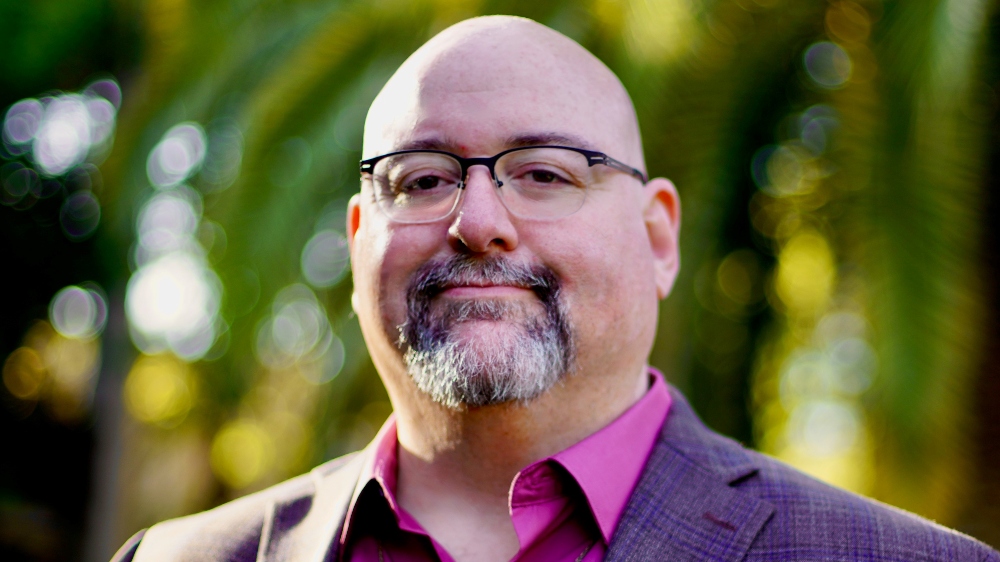
BTL: Would you consider this new 4K version to be the definitive version of the film, or are there still things you would like to do to it down the line?
Fein: I think there’s always going to be something that you want to do. The funny part about this project is that we have a 20-year cycle, so 20 years from now, we’re going to get to something else. Certainly, there are some things that I still would like to do, things that we couldn’t nail perfectly, but it works anyway.
I can say that it’s amazingly future-minded now, in that the color grading with Dolby Vision goes up to 4000 nits, a rate of brightness. Home systems today are about 700 nits. The funny thing about it, and it was important to me, is that this film is brilliant when it comes to brightness. There are very few instances in movies where something is so hot in the film for a sequence that you’re covering your eyes, but this is that way. The probe on the bridge sequence was rated up to 3500 nits in this version.
If our home systems can get that bright in 10 years, and I assume they will, this same release will go there because it is encoded to that. So, over time, it’s going to improve as we move along, as our systems get brighter and the range and color get brighter. There’s some speculation that celluloid film may have included light field information and could have naturally been 3D, so who knows what will happen in the future.
I’m just excited that the film will exist forever as another jewel in the crown of Paramount, and I’m so honored, touched, and thrilled that it’s resonating for people who hadn’t seen the film before and those who had. There’s so much there with the sound mix and everything else; this is so exhilarating. Don’t take my word for it because I didn’t think we were there. It’s everybody else’s responses that confirm it. I couldn’t be happier because my greatest joy is for audiences to enjoy their experience, and I am so thrilled that they’re telling me [that] they are.
The fully restored Director’s Edition of Star Trek: The Motion Picture is now available on 4K Ultra HD.





